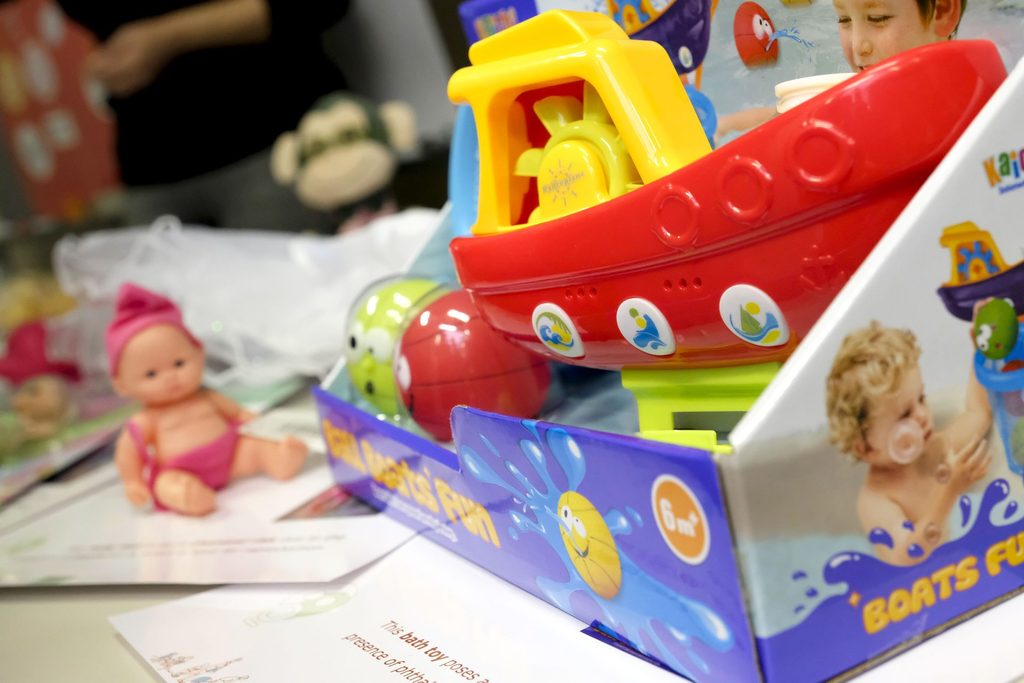The European Commission has proposed updates to Directive 2009/48/EC known as the 'toys' directive, which sets standards for toys sold in the European market.
The directive currently includes the 'CE' acronym on toys, indicating compliance with European social, environmental, health, and safety standards. However, despite these efforts, certain risks have not been adequately addressed.
One significant concern highlighted by the European Commission is the presence of "endocrine disruptors" in toys. These are chemicals found in some plastics used in toy manufacturing, and exposure to them, especially by young children, can lead to health problems, hormonal imbalances, and related issues such as early puberty and infertility. Notably, teething rings for babies have been identified as one of the products containing these harmful substances.
To address this issue, the Commission's proposal aims to ban endocrine disruptors from toys, alongside other toxic substances harmful to organs, the immune, neurological or respiratory systems. Derogations from the ban would only be allowed if the safety of children is not compromised. The proposal also aims to improve the enforcement of existing standards by introducing "digital product passports" for every toy sold in the EU and enhancing customs controls.
The path to implementing these changes involves a legislative process, during which pressure groups and consumer unions, such as the European Consumer Organisation (BEUC), will closely monitor the progress. BEUC has expressed satisfaction with the proposal and urges the European Parliament and Member States to approve the elimination of hazardous chemicals from toys.
Related News
In a 2020 report, it was revealed that toys are the most dangerous category of products available in the European market, based on the European Rapid Alert System's data. This system allows Member States to inform each other about potentially defective products. Toys accounted for 29% of reported dangerous products, followed by motorised machinery and household appliances. The EU is continuously working to protect consumers by taking actions such as recalls or destruction of the hazardous products.
Over the years, China has been a significant exporter to the European market, and more than half of the reported dangerous products since 2005 have originated from the country.
To further protect consumers, consumer unions are demanding more regulations for toys, dolls, watches and other objects for children, to create a safer environment for children and to prevent potential harm from unsafe products.

